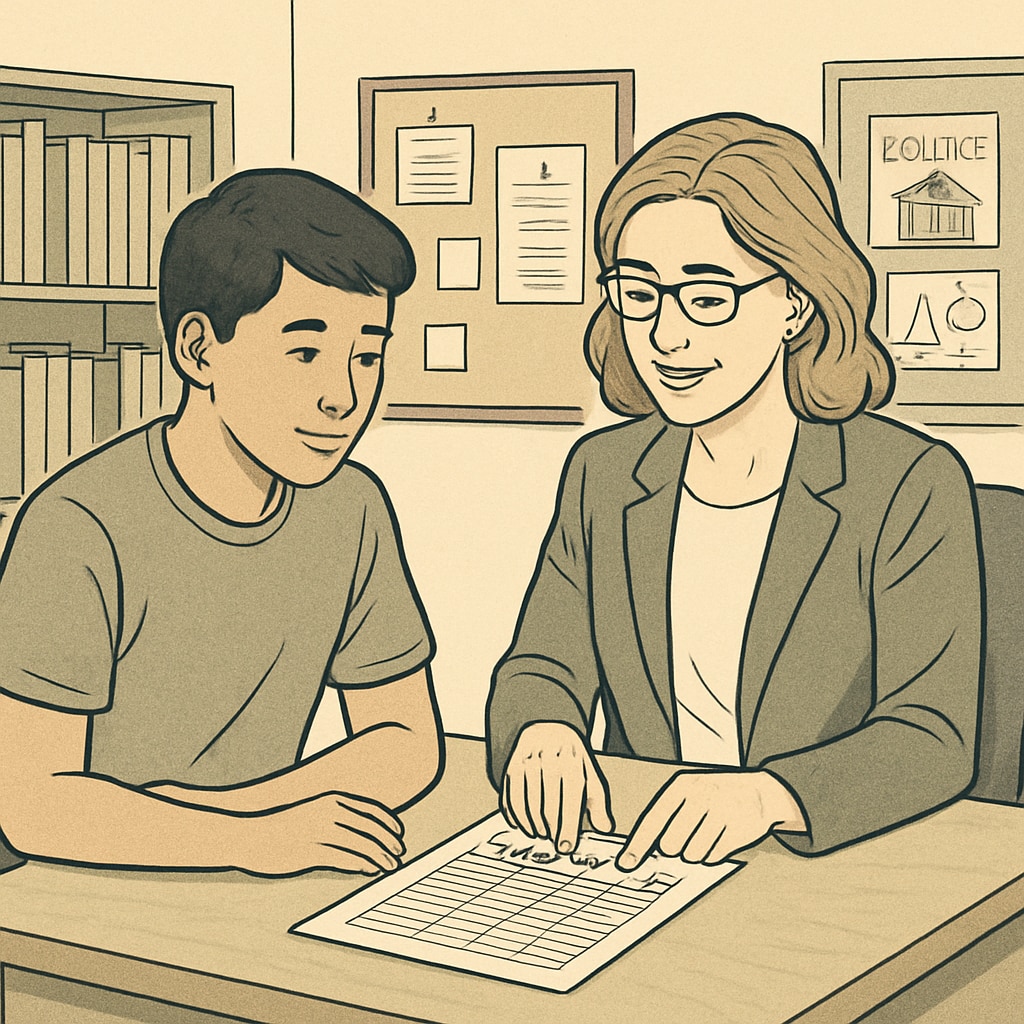High school can present a unique set of challenges, especially for students who face personal obstacles like ADHD (Attention Deficit Hyperactivity Disorder) or family difficulties. These factors can sometimes lead to severe credit deficits, making it hard to stay on track for graduation. If you find yourself in this situation, don’t despair; there are effective strategies to help you catch up on credits and graduate in two years. This guide outlines key steps such as creating a personalized study plan, seeking professional support, and leveraging alternative credit options to get back on track.
Create a Personalized Credit Recovery Plan
The first step in addressing a high school credit deficit is to work closely with your school counselor or academic advisor. They can help you understand how many credits you need to earn and which specific courses are required for graduation. From there, you can build a customized plan to divide the workload across your remaining two years.
- Prioritize Core Classes: Focus on mandatory subjects like math, science, and English before electives.
- Consider Summer School: Summer sessions provide a great opportunity to earn additional credits outside the regular school year.
- Utilize Block Schedules: Some schools offer block scheduling, allowing students to complete more classes in less time.
It’s important to set realistic goals and timelines to ensure steady progress. For example, if you have 16 credits left, aim to complete 8 credits per year through a combination of regular coursework and supplementary options.

Leverage Alternative Credit Earning Opportunities
Traditional classroom learning isn’t the only way to earn high school credits. Many schools and educational institutions offer flexible options that can help you catch up faster:
- Online Courses: Platforms like Khan Academy or Edgenuity allow students to complete courses at their own pace, making it easier to balance a heavy workload.
- Credit by Exam: Some schools allow students to earn credits by passing subject-specific exams, bypassing the need for full-length courses.
- Dual Enrollment: Enroll in college-level courses to simultaneously earn high school and college credits.
For students with ADHD, online or self-paced courses can be particularly beneficial, as they allow for greater flexibility and minimize the distractions of a traditional classroom.

Address ADHD Challenges with Professional Support
ADHD can complicate academic recovery, but with the right support, it’s possible to manage symptoms and stay on track. Consider these strategies:
- Work with a Tutor: A tutor experienced in ADHD strategies can provide one-on-one guidance tailored to your learning needs.
- Use Organizational Tools: Tools like planners, apps, and timers can help manage time and stay focused on tasks.
- Consider Therapy: Behavioral therapy or coaching can teach skills for managing ADHD both in and out of school.
Additionally, discuss accommodations with your school, such as extended deadlines, quiet testing environments, or modified workloads. These adjustments can significantly improve your ability to succeed academically.
Maintain Motivation and Resilience
Finally, staying motivated over two years requires a strong support system and a positive mindset. Celebrate small victories, such as passing a challenging class or completing a semester with good grades. Surround yourself with encouraging friends, family, and mentors who believe in your potential.
Remember, setbacks don’t define your future. By taking proactive steps and leveraging available resources, you can overcome high school credit deficits and achieve your goal of graduating on time.
For additional information, you can explore resources like the ADHD overview on Britannica or high school credit systems on Wikipedia.
Readability guidance: This guide uses short paragraphs and lists to ensure clarity, incorporates transition words for flow, and balances practical advice with motivational support. If you follow these steps, catching up on high school credits is entirely achievable.


